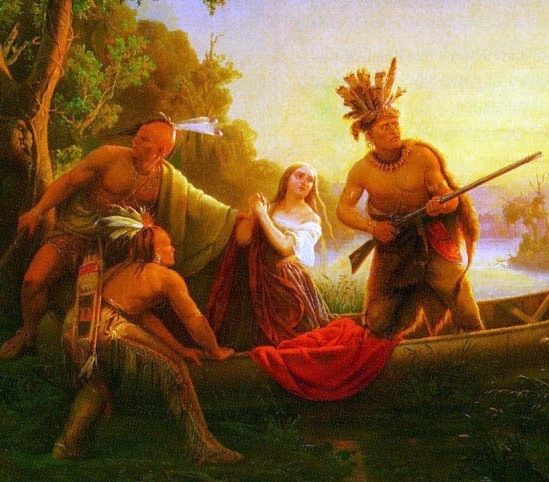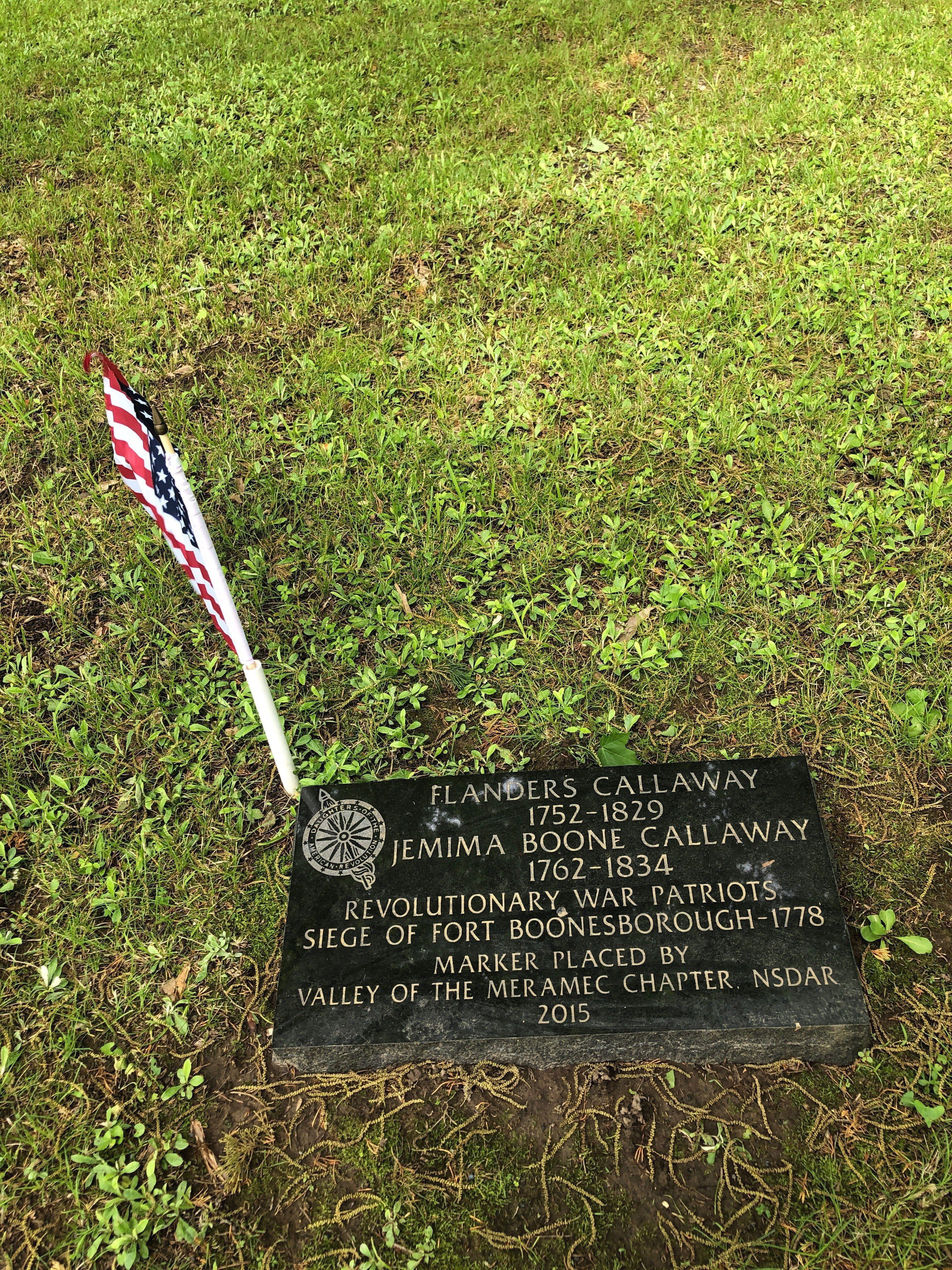Death of Captain James Callaway
The following appeared in the Enterprise-Courier in Charleston Missouri on Thursday March 6th 1930:
This week in Missouri History - compiled by the State Historical Society of Missouri, Columbia. Floyd C. Shoemaker, Secreatary.
Captain James Callaway, the man for whom Callaway county was named when it was organized November 25, 1820, met his death at the hands of Indians near the confluence of Prairie ford and Loutre creek, in Montgomery county, 115 years ago the seventh of this month.
Captain Callaway, son of Flanders and Jemima (Boone) Callaway, and grandson of Daniel Boone, lived in St. Charles district, where in 1805 he married Nancy Howell. Of ordinary education but good natural talents, he interested himself in public affairs, serving as deputy sheriff, tax collector, cavalry cornet, administrator, and in other local and military positions. As early as 1810, it is said, he was captain of a cavalry company in the militia. At any rate, the War of 1812 found him on the frontier fighting Indians, and the fatal March 7, 1815, found him stationed at Fort Clemson, on Loutre Island, whence he set out of his last expedition.
Assisted by Lieutenant Jonathan Riggs, Captain Callaway took a party of some fifteen men to search for a band of Indians who had stolen some horses from neighboring settlers. After swimming Loutre slough, they followed the conspicuous trail left by the Indians, until they came upon their camp about twelve miles above Prairie fork. There were the horses, guarded only the squaws.
The animals were recovered without resistance, but Lieutenant Riggs, it is recorded, expressed suspicion of an ambuscade if they returned to the fort by the same route they came. Captain Callaway insisted, however, so they started back. As they approached Prairie fork again, Lieutenant Riggs renewed his warning to his superior officer, but the latter was determined to go on. Some accounts say that captain Callaway lost his temper and called his lieutenant a coward.
At any rate, they pushed forward and were attacked just as they were crossing Prairie fork. The stream was high at that time, and the Indians, hidden along the bank, fired on the first three horsemen just after they plunged into the water. Captain Callaway rushed forward and was nearly across the creek when he was shot at. His horse was killed and he was wounded in the left arm, escaping immediate death when a ball lodged against his watch, which was shattered.
Pringing to the bank, Captain Callaway cast his rifle, which he did not have time to reload, into the creek, muzzle first, and started running down the edge of the stream. After a short distance, he plunged into the creek, but as he swam a shot struck him in the back of the head, and he sank from sight.
Lieutenant Riggs and the remaining men were hotly engaged, but fighting as they retreated they escaped without loss of life, although several were wounded. The three in advance, however, had been killed. Four or five of the whites, in all, lost their lives in the fight. It is not known how many casualties the Indians suffered.
A burying party, returning the next day, found the bodies of three of the rangers mutilated by the Indians, according to the more detailed accounts. Captain Callaway's body, when found several days after the fight, was untouched, it having been in the stream and concealed. His father, Flanders Callaway, had arrived from St. Charles county in time to attend the recovery of the corpse.
Captain Callaway's widow, who had endured all the hardships of a frontier wife and mother but this one, was attending school near her home in St. Charles county when she heard of her husband's death. It is recorded that Nancy Callaway could not write, and it is probable that she was trying to remove that handicap, which she later did. On arrival of the bad news, she left without a word and stoically walked home, but fainted as she reached her house.

 AncientFaces
AncientFaces 
 Kathy Pinna
Kathy Pinna  Daniel Pinna
Daniel Pinna 